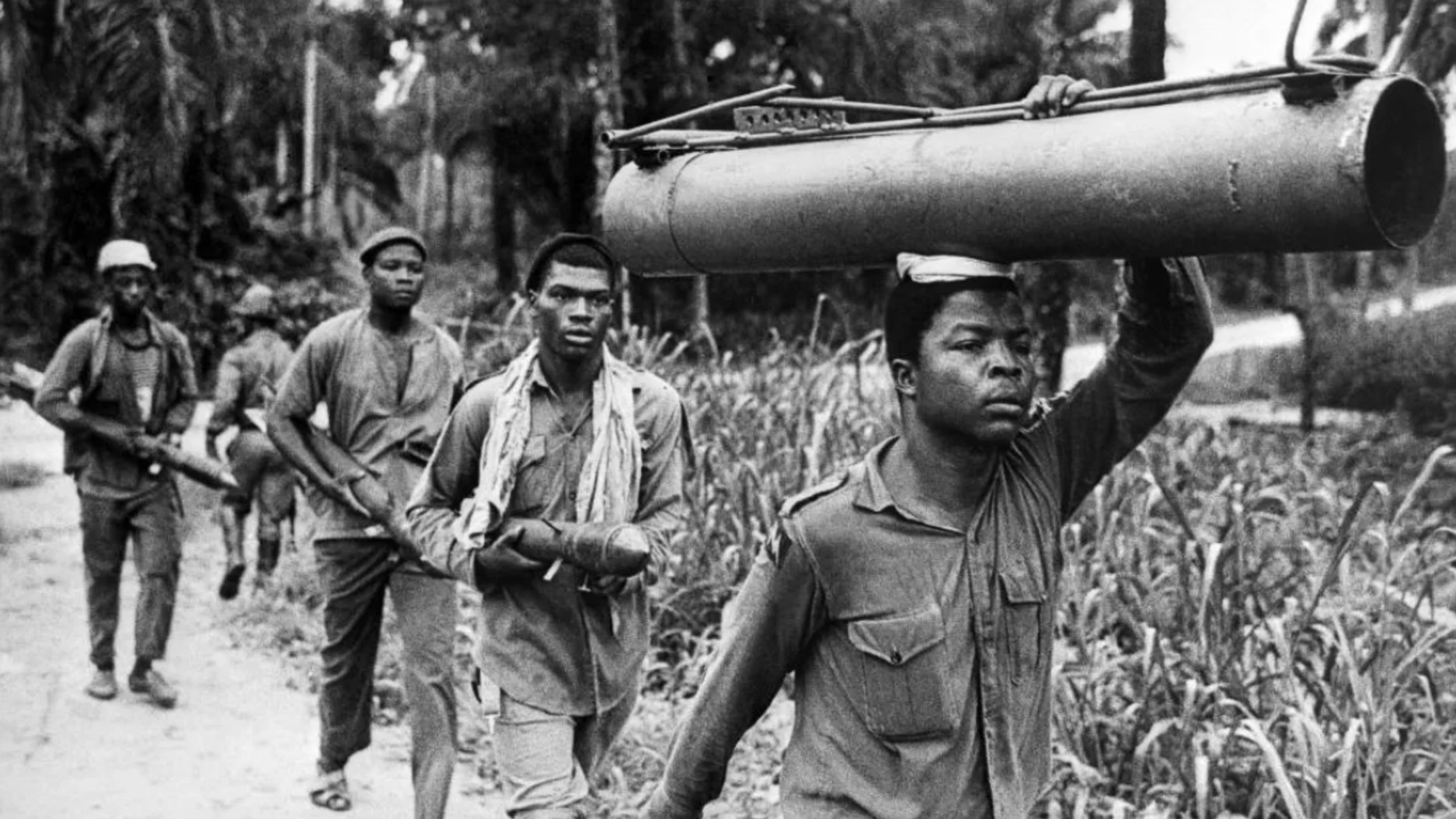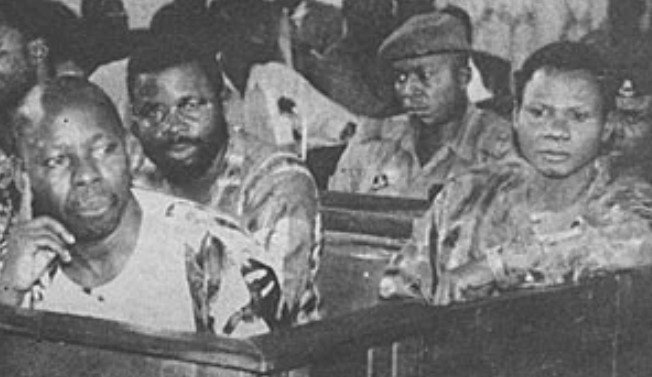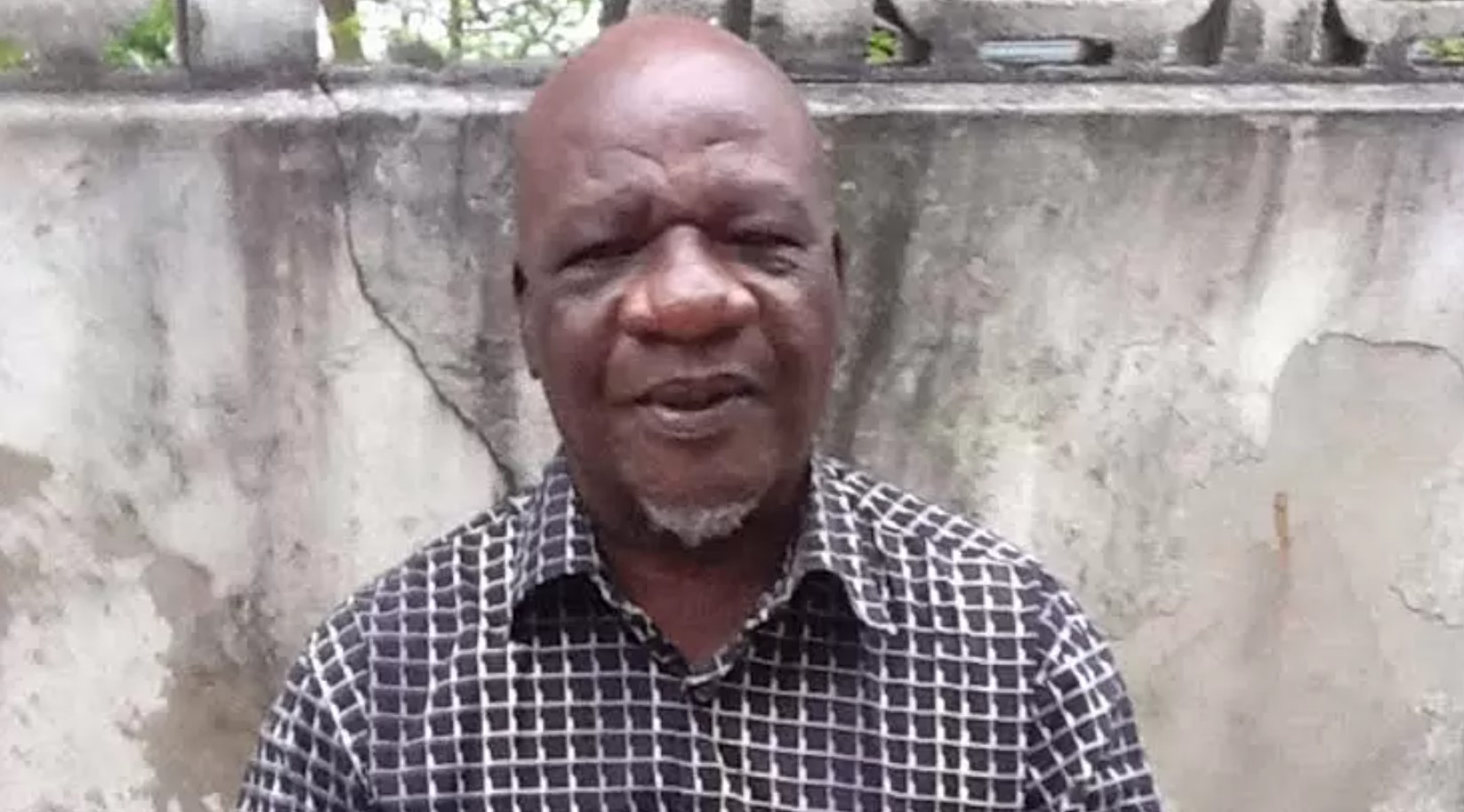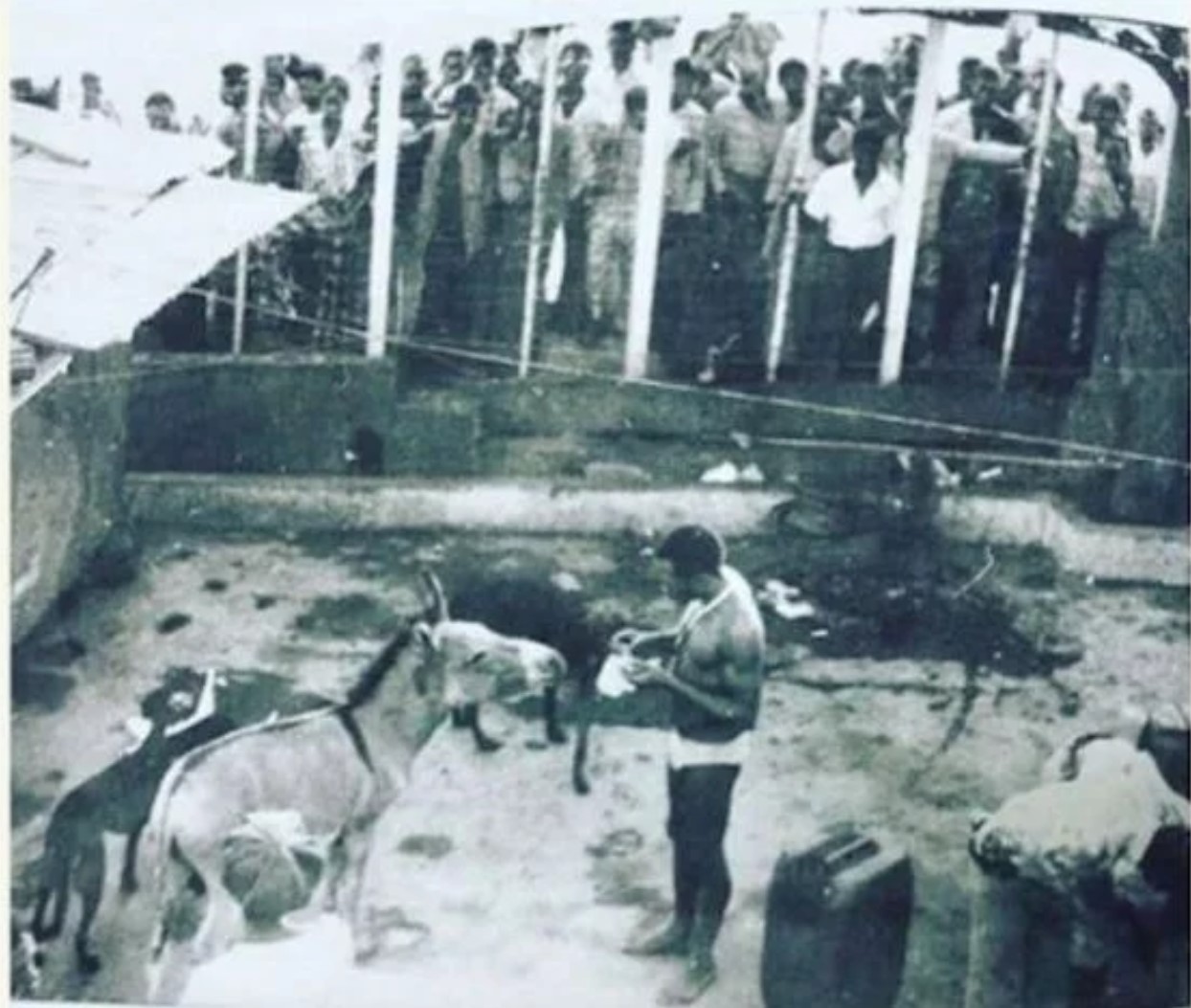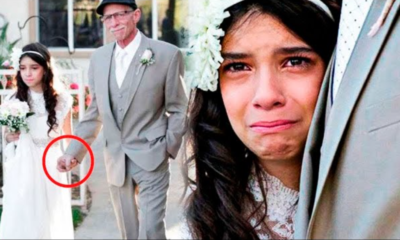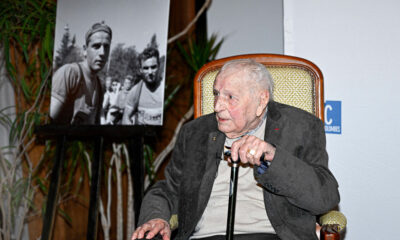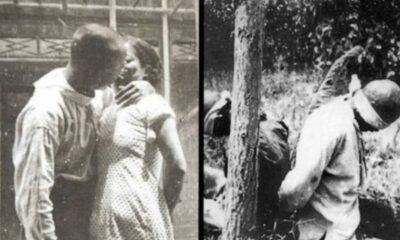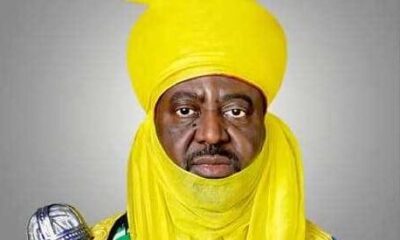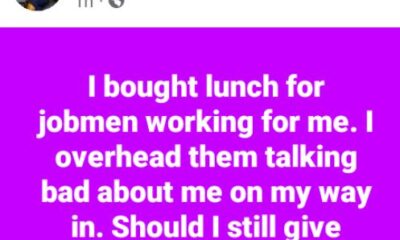The Abagana Ambush of March 31st 1968 is one out of the many confrontations between Nigerian and Biafran troops during the civil war which lasted for exactly two years, six months and nine days. It was during this ambush that the Nigerian army suffered the heaviest single loss in the civil war.
Background
In October 1967, the 2nd Division of the Nigerian Army, led by Col. Murtala Muhammed, chased Biafran Soldiers into Onitsha. Right after the Biafran army crossed into Onitsha, they blew up a part of the River Niger Bridge to prevent the Nigerian troops from crossing…Click Here To Continue Reading>> …Click Here To Continue Reading>>
Struck on the other side of the river, the Nigerian troops turned back to Asaba and ransacked the town in an attack that is later known in Nigerian history as the Asaba Massacre of 1967.
In December 1967, the 2nd Division of the Nigerian Army finally crossed the River Niger Bridge into Onitsha and captured the city after three failed attempts.
After crossing into Onitsha, the Murtala-led 2nd Division planned to link up with the 1st Division, led by Col. Shuwa, which was penetrating the Igbo heartland from the north through Nsukka in Enugu. So, on the 31st of March 1968, the Nigerian 2nd Division moved out towards Enugu in a long convoy escorted by armored cars.
The Abagana Ambush
Prolific Nigerian novelist, Chinua Achebe, wrote: “The amalgamation of these two forces, the Nigerian Army hoped, would then serve as a formidable force that would ‘smash the Biafrans”.
Col. Murtala Muhammed was said to have assembled and deployed a convoy of 102 vehicles which included troop carriers, fuel tankers and four armoured cars to facilitate this plan on March 31, 1968.
However, the Biafran secret intelligence caught wind of the plan and reported it to a higher Biafran command which instantly planned an ambush. A 700-man troop, led by Major Jonathan Uchendu, was given the task to ambush the invading Nigerian force at Abagana in the Enugu-Onitsha highway. READ FULL STORY HERE>>>CLICK HERE TO CONTINUE READING>>>
The unsuspecting Nigerian 2nd division, numbering about 6000 soldiers, marched on until they were halted by a surprise attack from a smaller but well-prepared Biafran army. The Biafran troops allowed the Nigerian troops to march right into their midst before raining bullets on them.

A homemade rocket called ogbunigwe was used during the Abagana Ambush. One of the ogbunigwe rockets was launched directly at a fuel tanker in the Nigerian army convoy leading to chains of explosions which created a 400-metre conflagration that incinerated men and metals within seconds.
Refuelling vehicles exploded and burnt many infantry units. After the OGBUNIGWE rocket attack, Biafran soldiers opened fire, killing what is left of the shocked 2nd division of the Nigerian Army.

About 600 Nigerian soldiers died in the attack; many others scampered in different directions. Col. Murtala Muhammed was relieved of duty afterwards and never commanded a division again during the war. Although some accounts put Murtala as having been among those in the convoy, this had not been definitively shown to have been the case.
Jonathan Uchendu, the commander of the Biafran army that led the Abagana Ambush, recounted that the sight of the 2nd Division convoy almost paralyzed his troops. His boys were so anxious to start firing, more out of panic than anything else.

He asked them to remain calm until he gave the command. He allowed much of the Nigerian 2nd Division convoy to pass through. His boys were shocked why he would allow them go through into the Biafran held zone.
They were nervous and suspicious, yet they trusted his military gallantry and so awaited to know his strategy.
The Abagana Ambush was probably the most resounding battle ever won by the Biafrans during the Nigerian-Biafran war.

